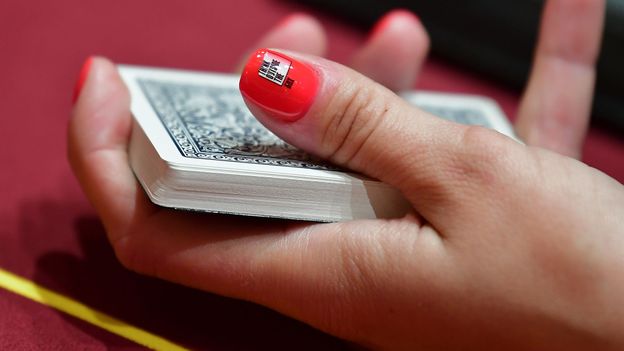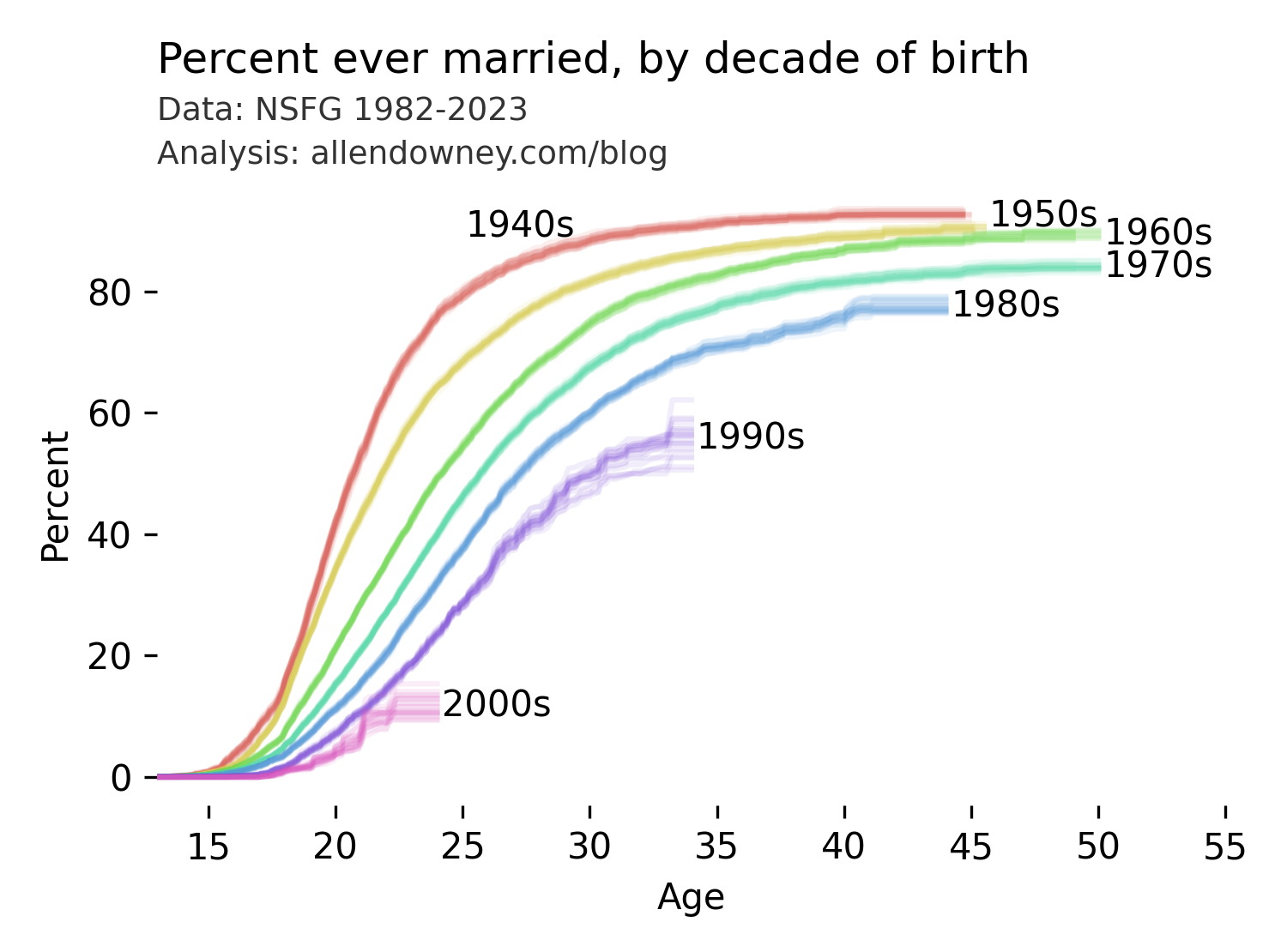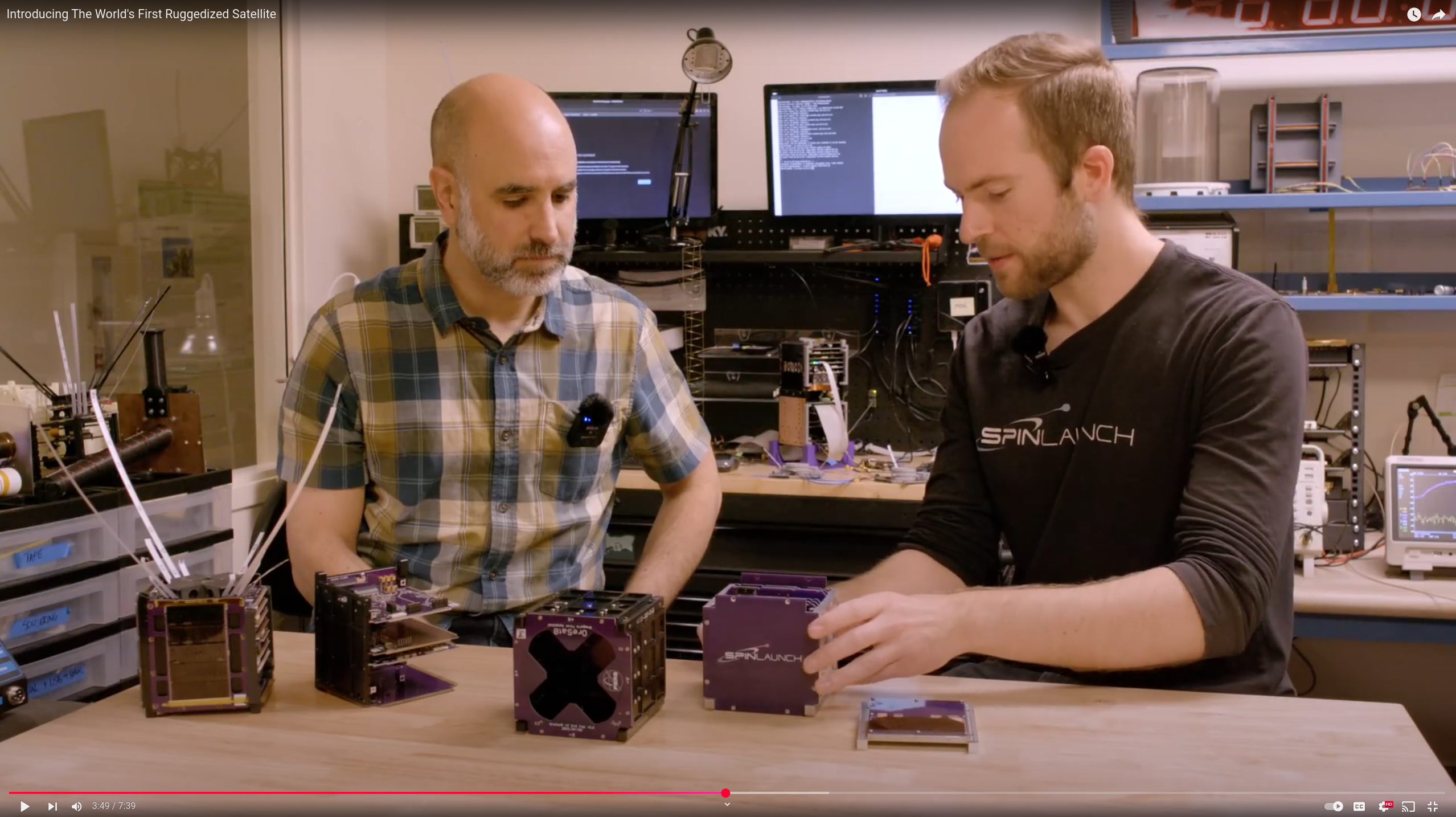
The Scholarly Kitchen
Presently, if one ignores the hype around Generative AI systems, we can recognize that software tools are not sentient. Nor can they (yet) overcome the problem of coming up with creative solutions to novel problems. They are limited in what they can do by the training data that they are supplied. They do hold the prospect for making us more efficient and productive, particularly for wrote tasks. But given enough training data, one could consider how much farther this could be taken. In preparation for that future, when it comes to the digital twins, the landscape of the ownership of the intellectual property (IP) behind them is already taking shape.
Several chatbots have been set up to replicate long-dead historical figures so that you can engage with them in their “voice”. Hellohistory is an AI-driven chatbot that provides people the opportunity to, “have in-depth conversations with history’s greatest.” A different tool, Historical Figures Chat, was widely panned not long after its release in 2023, and especially by historians who strongly objected. There are several variations on this theme of varying quality. Of course, with all things GenAI, they will improve over time and many of the obvious and problematic issues will be resolved either by this generation of companies or the next. Whether there is real value and insight to be gained, apart from the novelty, of engaging with “real historical figures” is the multi-billion dollar question. Much like the World Wide Web in the 1990s, very likely there is value, but it will be years before it can be clearly discerned what that value is and how to capitalize upon it. In anticipation of that day, many organizations are positioning themselves to capture that value.
While many universities have taken a very liberal view of ownership of the intellectual property of their students and faculty — far more liberal than many corporations might — others are quite more restrictive. Since the 1980s, there has been an increasing trend by institutions to assert ever greater claim to scholarly outputs. A 2013 report by the American Association of University Professors highlighted the challenges related to intellectual property rights created by the 2011 Supreme Court Stanford v. Roche decision. In the ensuing years, universities have moved to increasingly assert that intellectual property by faculty, staff, and students are “works for hire” and therefore owned by the institutions. In the early 2010s, these concerns bubbled up again as more and more professors sought to share their course materials in MOOCs and other online course platforms.





















